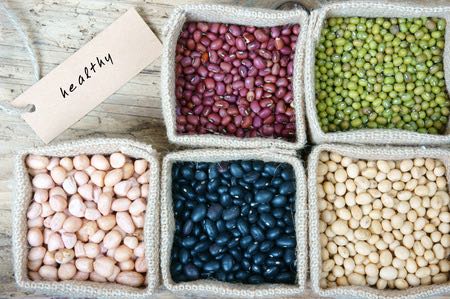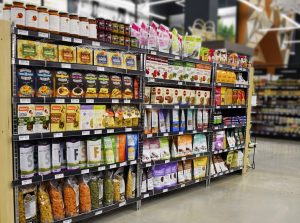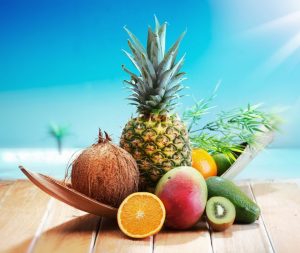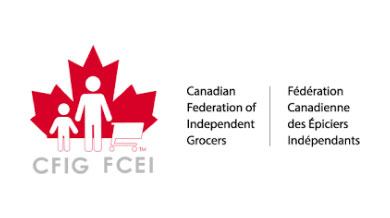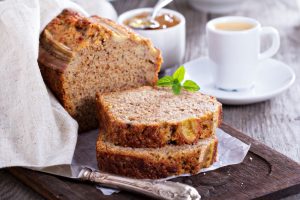
If you’re not keen on foods naturally high in fiber such as legumes, oats, fruits, and vegetables, you may be tempted to choose fiber-fortified foods to help you reach your daily requirements. Manufacturers are putting isolated fibers in foods like yogurt, sugary cereals, energy bars, and even juices in order to make “high fiber” claims, but are they really the same thing?
What is fibre?
There are two types of fiber- soluble and insoluble. Soluble fiber, like that found in oatmeal, nuts, beans, and strawberries, dissolves into a gel-like texture, helping to slow down your digestion.
Insoluble fiber, found in the seeds and skins of fruit, dark leafy green vegetables, and brown rice, does not breakdown at all. This helps food to move through your digestive tract more quickly for healthy bowel movements.
Most whole foods, especially fruits and vegetables, naturally contain both types of fiber, which is ideal since nature knows best!
So why is fiber so important?
Fiber plays an important part in digestion mainly because our bodies cannot digest it. Say What?! Both soluble and insoluble fibres play their own role in digestion. Soluble helps slow down your digestion while insoluble helps speed up the process.
However, is all that fiber wreaking havoc on our blood sugar levels?
Fiber is great for our digestion, but there can be downfall. Fiber comes to us in the form of carbohydrates and when you’ve been told to eat more fiber, guess what? You’re eating more carbs. More carbs, especially “lonely” ones, trigger more insulin production which initiates a vicious up and down energy cycle. See my blog last week on sugar for a description of how insulin works.
Beware of “high fiber” claims on carb-heavy food products. When you see a highly refined food like white bread, or a food that doesn’t normally contain fiber at all – such as yogurt – with a fair amount of fiber on the nutrition label, chances are isolated fibers have been added and it’s actually not all that nutritious. Isolated fibers can be either extracted from food or chemically synthesized.
What you might see on a label to indicate added fibre
Here are some of the most common indicators of added fibre:
- polydextrose
- pectin
- inulin
- methylcellulose
- maltodextrin
Bottom line – stick to foods rich in natural fibre
In moderation, isolated fibers are not bad for you. However, they do not replace whole foods and their natural fibres. Stick to naturally fiber rich foods like vegetables, legumes (peas, lentils, beans) and grains to help boost your overall fiber intake.
Our Power Up Mission is simply to educate our customers on the importance of using quality food as fuel. For all your Power Up news make sure you check out Vince’s Facebook, Instagram, and Twitter. Make sure you follow @VincesMarket and #powerupwithvinces, sign up for our Power Up Newsletter and keep an eye out for nutrition tips and tricks from me, our in-house nutrition expert!
In good health,
Danielle
In-House Holistic Nutritionist (R.H.N.),
Natural Chef., R.M.T.

